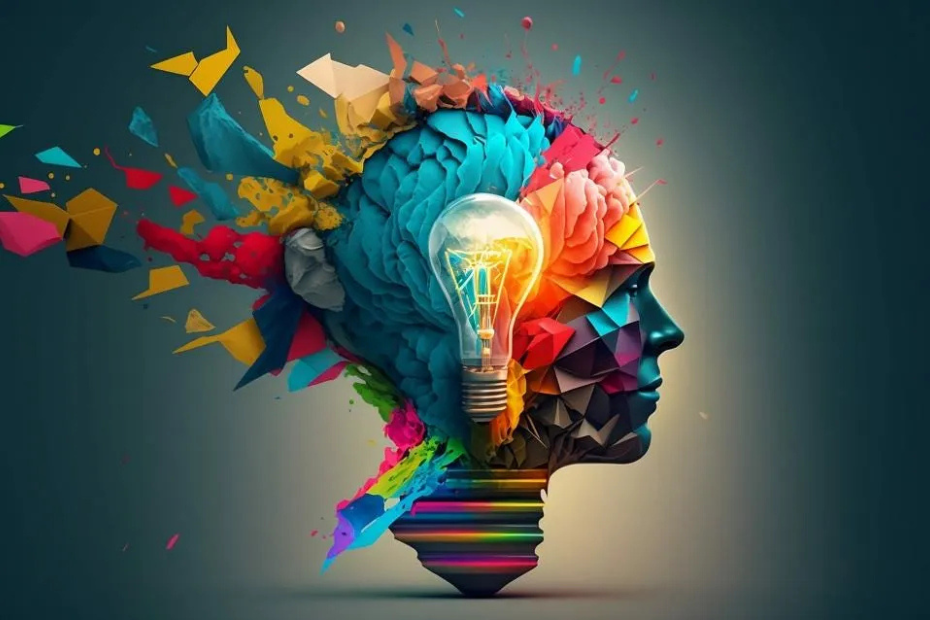The advent of ChatGPT and other large language models (LLMs) has sparked a fascinating debate: Can artificial intelligence truly rival human creativity, particularly in the realm of writing? While these models have demonstrated remarkable capabilities in generating coherent and contextually relevant text, the question remains: Are people still more creative writers than ChatGPT?
The Human Edge: The Intangibles of Creativity
Creativity, a complex interplay of innovation, imagination, and originality, has long been considered a uniquely human trait.
It involves the ability to think outside the box, to generate novel ideas, and to express them in a compelling and meaningful way. Here’s where humans seem to hold an edge:
- Emotional Depth: Humans possess a rich emotional landscape that fuels their creativity. They can tap into their own experiences, memories, and feelings to imbue their writing with authenticity and resonance. ChatGPT, while capable of mimicking emotions, lacks the true depth of human experience.
- Cultural Nuances: Humans are deeply embedded in their cultures, which shape their worldview, values, and perspectives. This cultural lens adds layers of meaning and complexity to their writing. LLMs, while trained on vast datasets, may struggle to fully capture the nuances of specific cultures and subcultures.
- Ethical Considerations: Human writers are guided by a moral compass and a sense of responsibility. They can weigh the ethical implications of their words and choose to use their creativity for good or for ill. LLMs, on the other hand, are not inherently moral agents and may generate content that is biased, harmful, or misleading.
- The Rise of AI: A New Frontier for Creativity
While humans may have a natural advantage in certain areas, LLMs are rapidly closing the gap. They offer several benefits that could potentially reshape the creative landscape:
- Efficiency and Scale: LLMs can generate vast amounts of content quickly and efficiently, making them ideal for tasks such as drafting reports, writing product descriptions, or creating social media posts.
- Objective Analysis: LLMs can process and analyze information from diverse sources, enabling them to identify patterns, trends, and insights that may be missed by human writers.
- Collaborative Potential: LLMs can serve as valuable creative partners, providing inspiration, feedback, and alternative perspectives. They can help human writers overcome writer’s block, explore new ideas, and refine their work.
- A Symbiotic Relationship: Humans and AI Working Together
Rather than viewing humans and AI as adversaries, it’s more productive to envision them as collaborators. Each brings unique strengths to the table, and by working together, they can achieve greater creative heights. Here are some ways in which humans and AI can complement each other:
- Human-Led Ideation: Humans can use their imagination and intuition to generate initial ideas, while AI can help refine and develop those ideas based on data and analysis.
- AI-Assisted Writing: LLMs can assist with tasks such as drafting outlines, summarizing research, or generating different writing styles. This frees up human writers to focus on more creative aspects of their work.
- AI-Enhanced Editing: AI tools can help identify errors, inconsistencies, and potential improvements in writing. This allows human editors to focus on the overall quality and coherence of the text.
- The Future of Creativity: A Hybrid Approach
The future of creativity is likely to be a hybrid one, where humans and AI work together to produce innovative and impactful content. As LLMs continue to evolve, it’s crucial to maintain a human-centric approach. We must ensure that AI is used as a tool to enhance human creativity, rather than replacing it altogether.
In conclusion, while LLMs have made significant strides in recent years, they still fall short of the full spectrum of human creativity. Humans possess a unique combination of emotional depth, cultural understanding, and ethical considerations that AI has yet to fully replicate. However, by embracing AI as a collaborative partner, we can unlock new possibilities for creativity and innovation.

